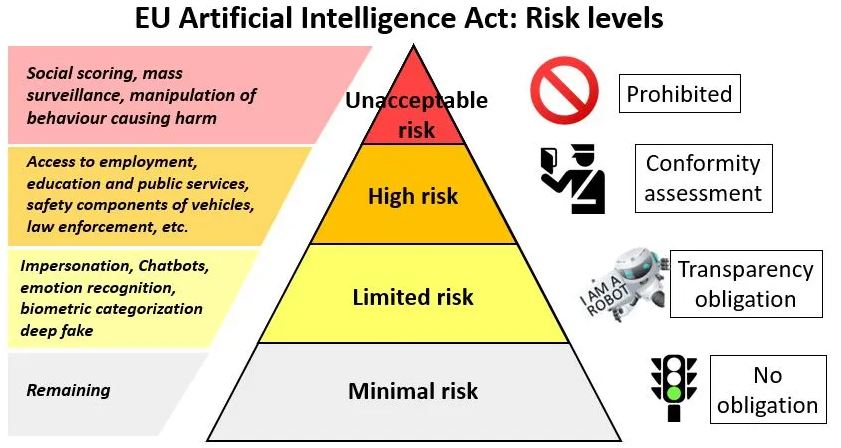Free Courses Sale ends Soon, Get It Now


Free Courses Sale ends Soon, Get It Now



Disclaimer: Copyright infringement is not intended.
Context
Need for AI regulations
Approaches of different countries to regulate AI
European Union
The EU AI Act takes a horizontal approach, which means it applies to all areas in which AI is utilized. It categorizes AI systems into four risk categories, each with related regulatory requirements:

Chinese approach
Chinese rules seek to balance AI with legal governance and are based on five key principles:
UK’s approach to AI

India’s approach to AI
India is developing a comprehensive Digital India Framework that will include provisions for regulating AI. The framework aims to protect digital citizens and ensure the safe and trusted use of AI.
Conclusion
|
PRACTICE QUESTION Q. "What are the different approaches of the countries towards regulating the rapid advancement of AI technologies, and what regulatory measures should be implemented to address these concerns effectively?" Examine. ( 250 Words) |
© 2024 iasgyan. All right reserved